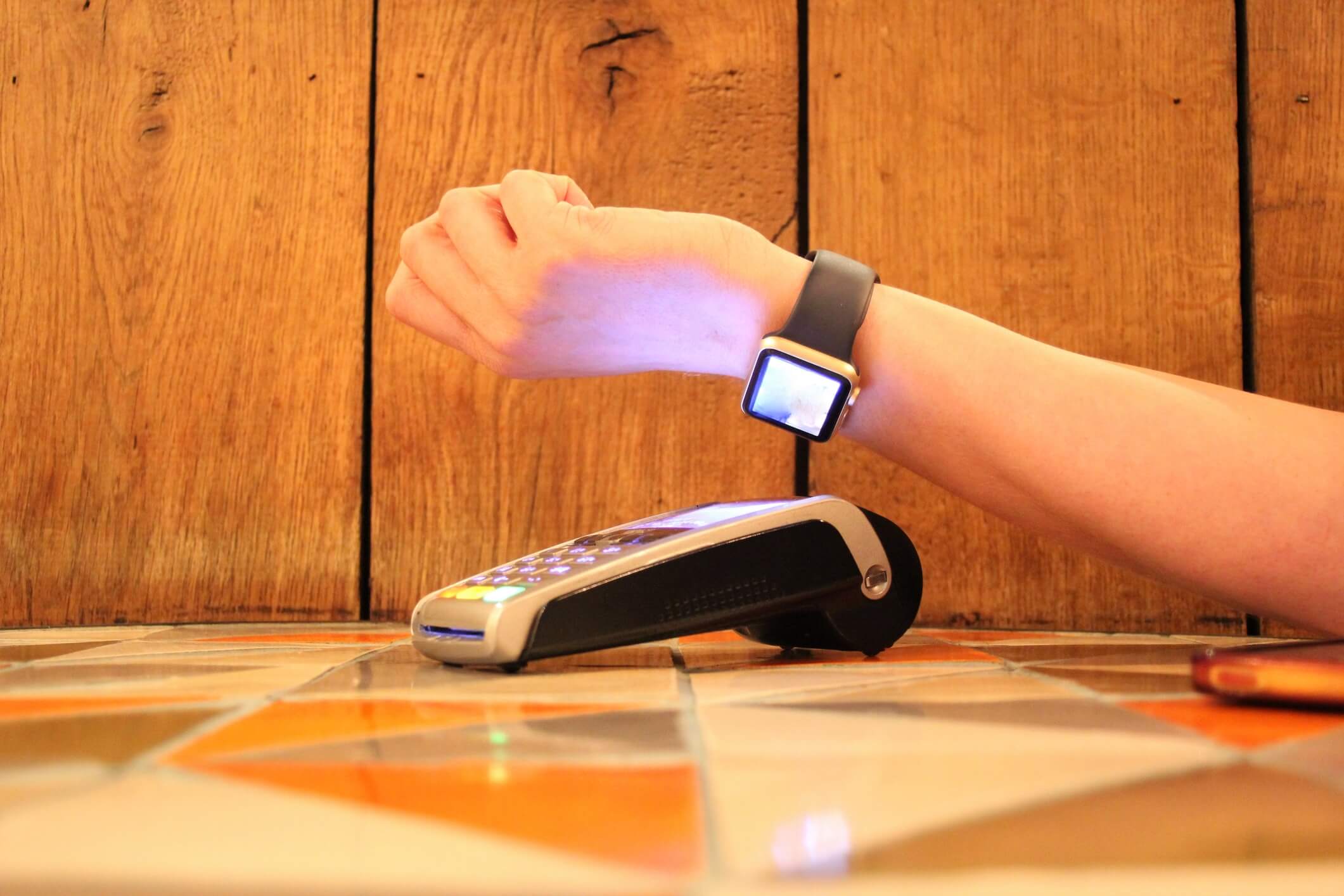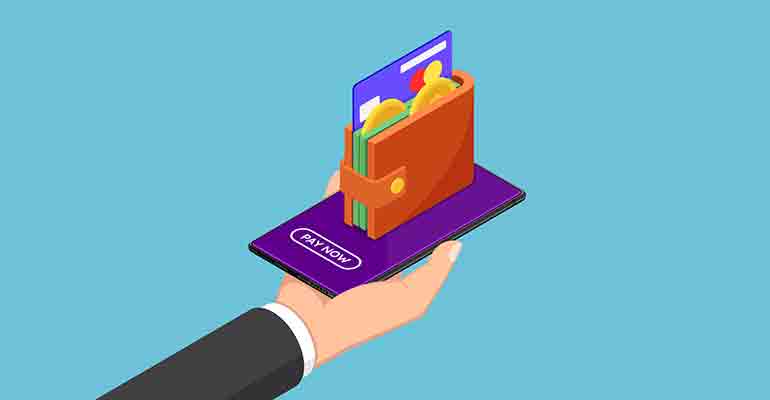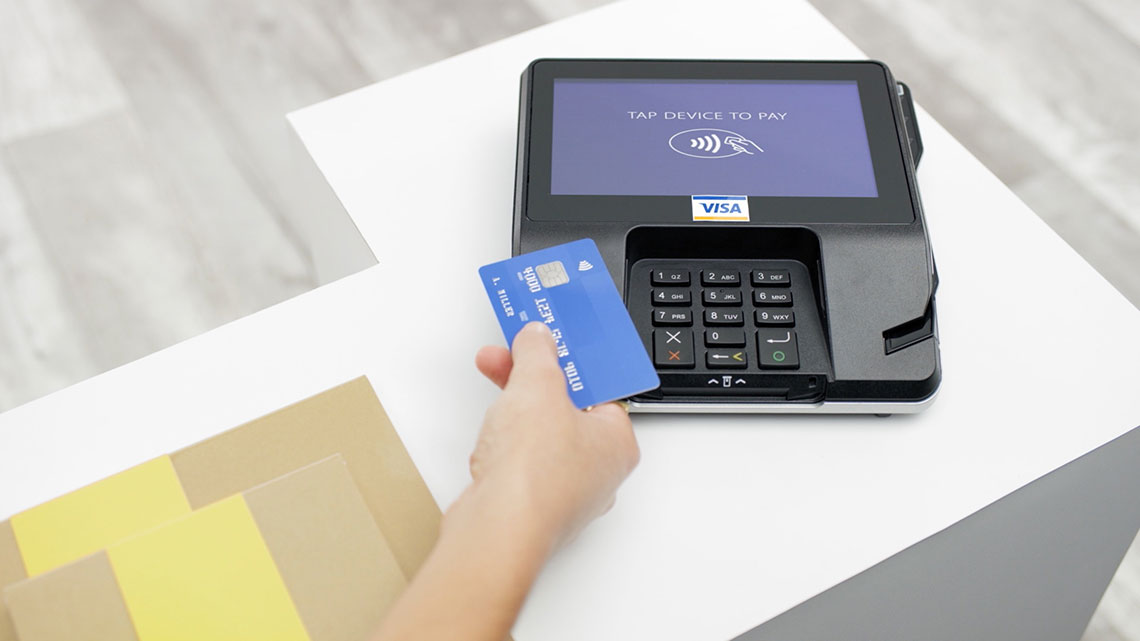The most evident seasonal fluctuations in the fitness industry concern the signups, and indeed the significant ones are noticed at the New Year's resolution time and at the beginning of summer. These periods give the fitness business the opportunity to create specific strategies for charging that can attract new members...
How to Optimize Recurring Payment Systems for Gyms and Fitness Studios
A working mechanism for recurring payment will make billing smooth, but what it ultimately does is ensure an improved experience for customers as they go by choices like flexibility, automation, and security. Some of the problems gyms and other fitness businesses face in their billing process, which may be poorly...
The Benefits of Contactless Payments for Gyms and Fitness Centers
In recent years, the fitness industry has witnessed a significant shift towards contactless payments. With the rise of technology and the increasing demand for convenience, gyms and fitness centers are embracing this new payment method to enhance customer experience and streamline their operations. Contactless payments refer to transactions made using...
How to Implement Contactless Payments at Your Fitness Center
Implementing contactless payments at your fitness center can revolutionize the way you manage transactions, enhancing both the safety and convenience of your payment processes. This comprehensive guide will walk you through the necessary steps to integrate contactless payment technology into your gym or fitness center, ensuring a seamless transition that...
Top Contactless Payment Solutions for Yoga Studios: Enhancing Safety and Convenience
Are you ready to streamline and elevate your yoga studio experience with the latest in payment technology? Imagine a world where transactions are seamless, safe, and efficient, enhancing both convenience and peace of mind for your clients. In today's fast-paced environment, the demand for contactless payment solutions has never been...
How Contactless Payments Are Revolutionizing Fitness Facilities: Benefits and Best Practices
Have you ever considered how contactless payments are transforming the fitness industry, offering a seamless and convenient experience for both gym owners and members? Imagine entering your favorite fitness facility without the need to fumble for cash or cards - a simple tap, and you're ready to start your workout...
What Is a E-Wallets and How Does It Work?
An e-wallet is a digital wallet used to store electronic money. It doesn't only provide the same function like conventional wallets, an e-wallet also has more functions like peer to peer fund transfers (Bitcoin for example). The rapid development of internet technologies have also created new payment tools with features...
What is Tap and Pay (NFC)?
Tap and Pay (NFC) is an Android feature that allows users to wirelessly send payment information directly from their smartphone to a payment terminal. This technology essentially turns your phone into a wallet, allowing you to pay for food, drinks, tickets, etc. without having to carry plastic cards around. Since...
What is Facebook Pay, where is it available, and how does it work?
Facebook announced its payment system, called Facebook Pay , on Wednesday, which will allow users to purchase items within the apps of participating partnering businesses. The system is currently available in only eight countries: the Philippines, Thailand, India, Indonesia, Vietnam, Singapore, Malaysia and Australia. The new Facebook pay system comes...








